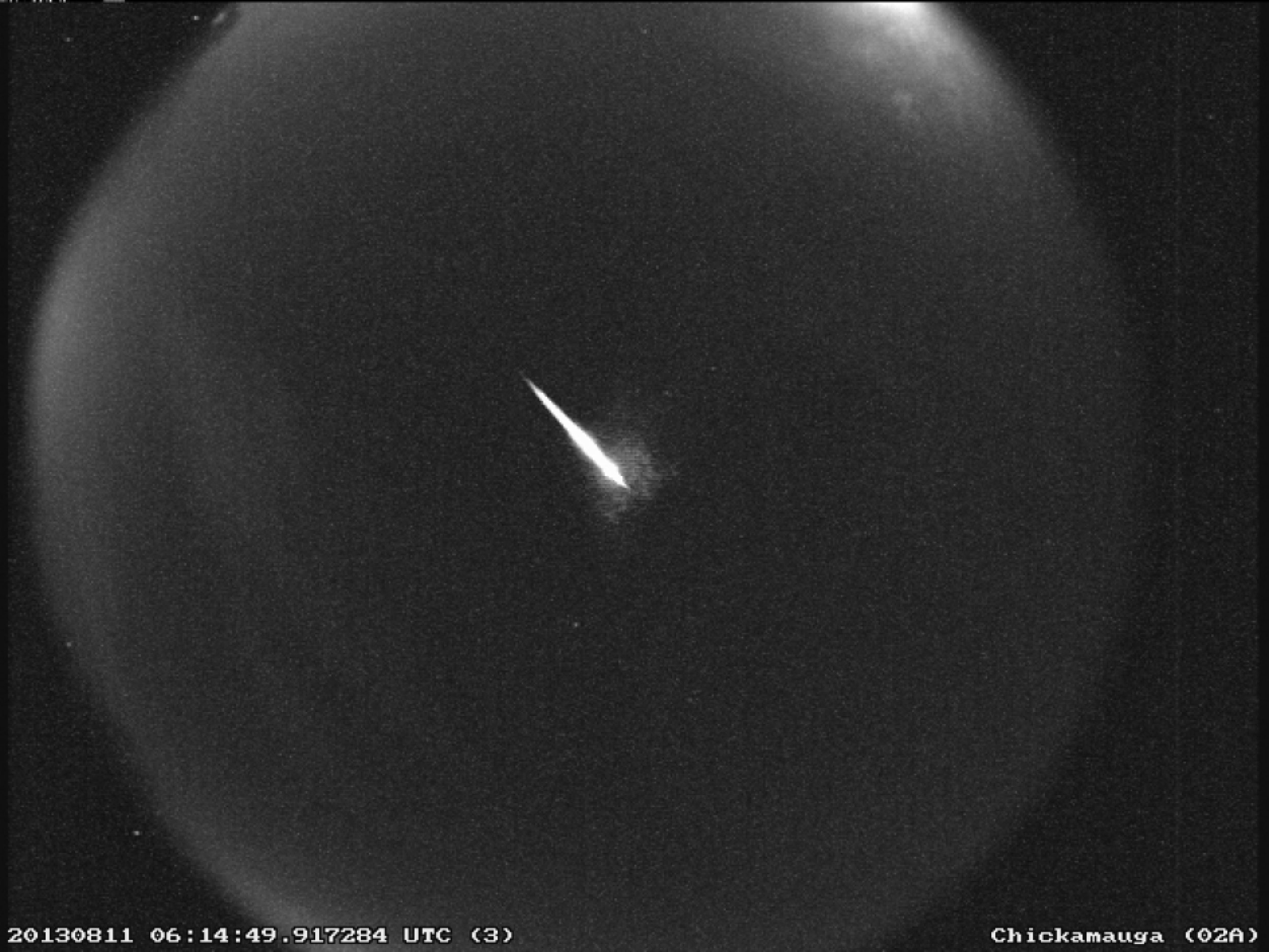Perseid Meteor Shower 2013: Photos From Around The World [SLIDESHOW]
The Perseid meteor shower has become one of the most highly anticipated events for stargazers and astronomers, amateur and professional, alike. As Earth travels through the dust and debris left behind by comet Swift-Tuttle each August it creates the best meteor shower of the year. Fans from around the world looked up at the night sky to capture images of the Perseids.
The peak of the Perseids occurs on Aug. 12 and Aug. 13, which can produce anywhere from 30 to 100 meteors per hour. The meteor shower has been happening all August and will continue for a few more days after its peak. A cloudy night in New York on Sunday limited the view of the Perseids and other locations may experience a similar forecast. Stargazers wanting one last opportunity to view the best meteor shower of the year can follow a few easy steps to observe a meteor or a fireball, a larger meteor that burns brighter and longer, originating from the Perseid meteor shower.
Many fans who came out to view the Perseids were also armed with cameras and created some incredible images of the meteor shower. One image from Steve Ryan captures the meteor shower through star trails. Using a Canon EOS 5D Mark III, Ryan, in the first image of the slideshow, creates a star trail, showing the motion of the stars, using a long-exposure. In that span of time, several meteors pass through his frame. The next meteor shower occurs in October, the Orionid meteor shower, while another popular meteor shower, the Leonids, occurs in late November. While the Perseids usually holds the distinction of being the most anticipated stargazing event of the year, 2013 belongs to Comet ISON. Dubbed the "comet of the century," comet ISON will pass incredibly close on Nov. 28 and may even be visible in broad daylight, reports NASA.

© Copyright IBTimes 2025. All rights reserved.






















